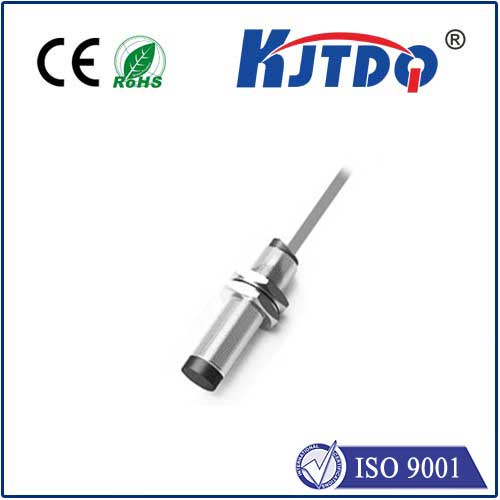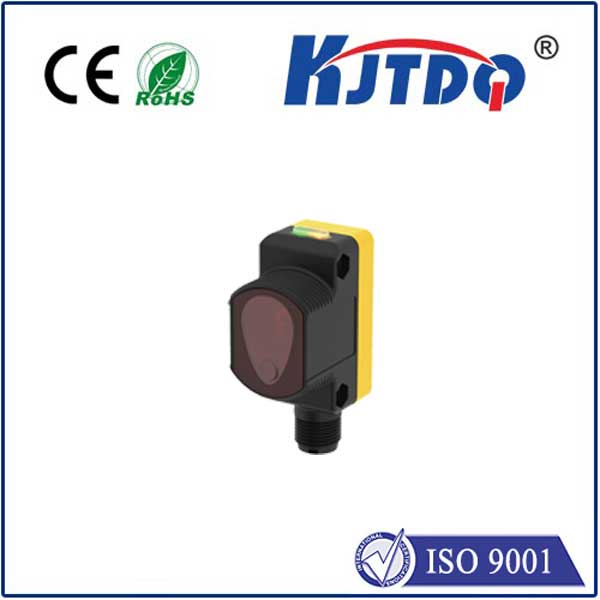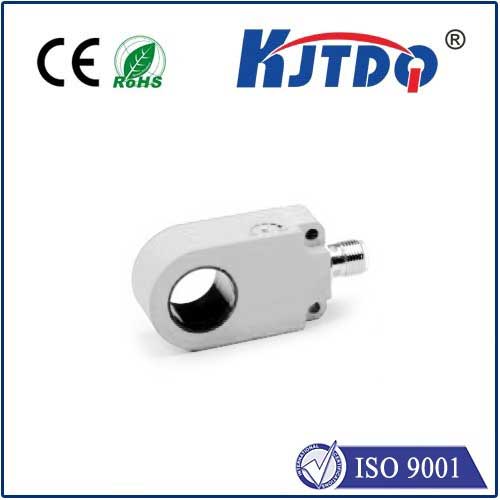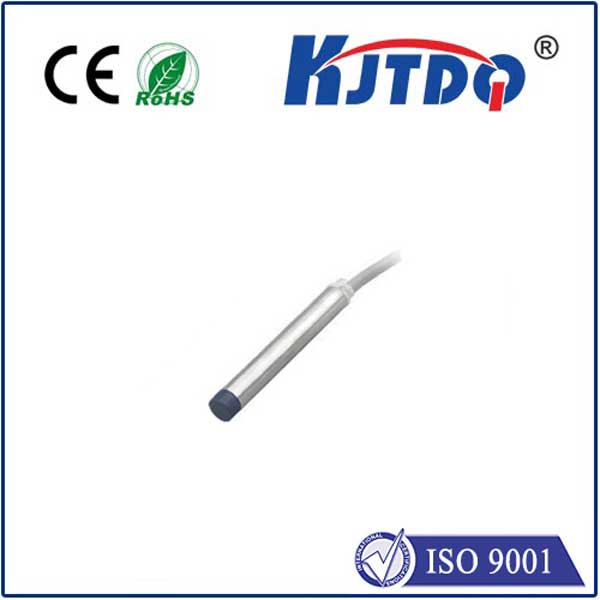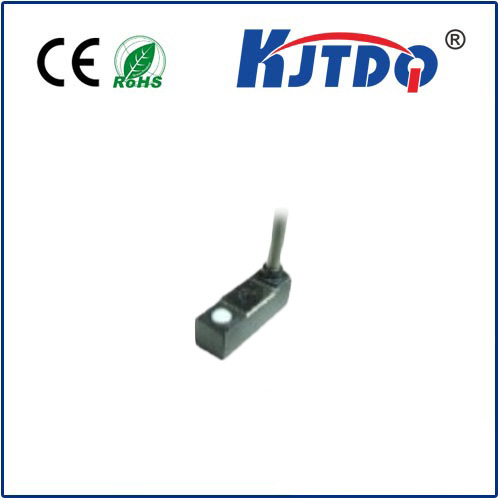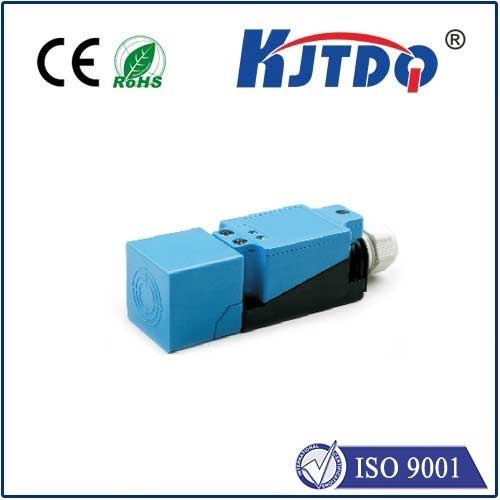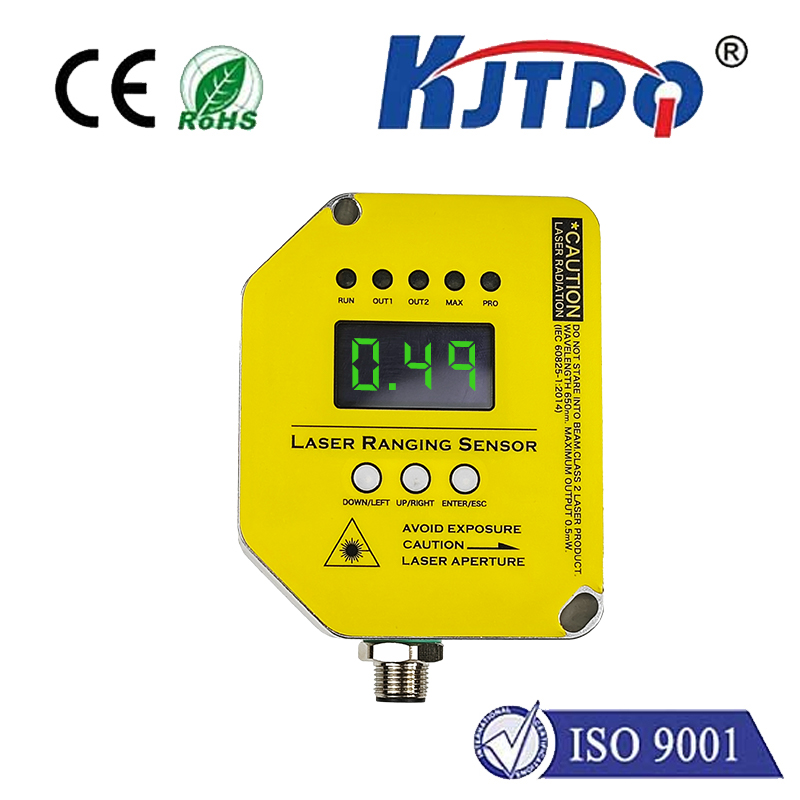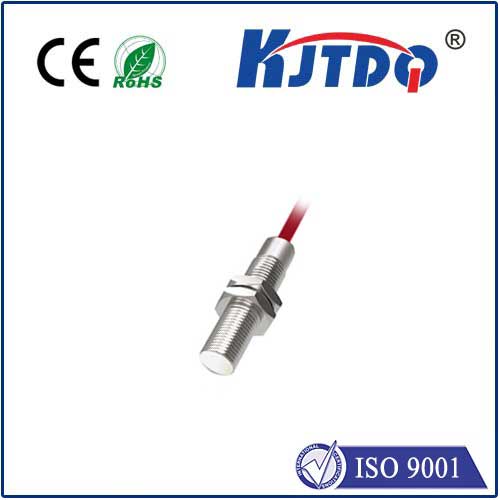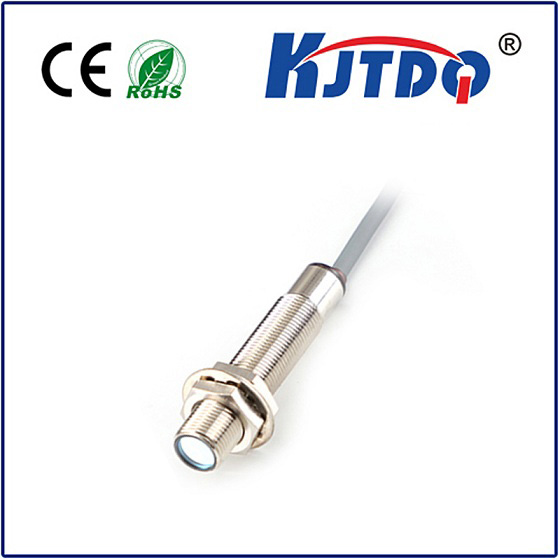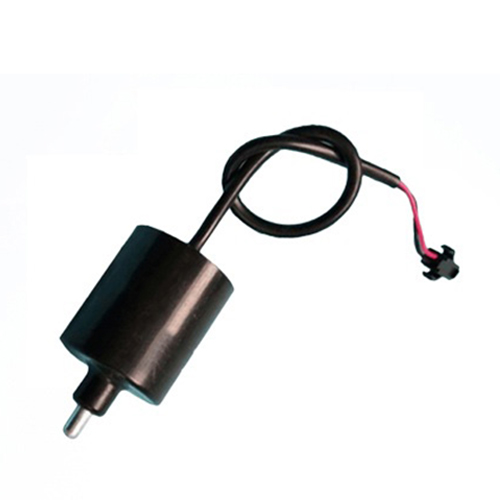proximity sensor pneumatic cylinder
- time:2025-06-23 17:46:49
- Click:0
Unlocking Precision: How Proximity Sensors Revolutionize Pneumatic Cylinder Control
Imagine a high-speed packaging line. Pneumatic cylinders snap open and shut, precisely placing, sealing, or cutting products. But how does the control system know the cylinder has reached its endpoint? Enter the proximity sensor – a vital component transforming brute-force pneumatic motion into intelligent, reliable automation. The integration of proximity sensors with pneumatic cylinders is foundational to modern industrial efficiency, enabling real-time position feedback critical for safety, sequencing, and seamless operation.
Pneumatic Cylinders: The Muscle of Automation
Pneumatic cylinders are ubiquitous workhorses in factories worldwide. Using compressed air to generate linear or rotary motion, they offer numerous advantages: simplicity, reliability, cost-effectiveness, high force capabilities, and inherent safety in explosive environments. From pressing parts together and lifting loads to clamping workpieces and ejecting finished goods, pneumatic cylinders provide the essential muscle power for countless automated tasks. However, their traditional “dumb” actuation requires external intelligence to determine position – which is precisely where proximity sensors shine.
The Challenge: Knowing “Where” Matters
Without position feedback, a control system operates blindly. It can energize a solenoid valve to extend or retract a cylinder but has no direct confirmation of:

- Successful Completion: Did the cylinder fully extend or retract?
- Mid-Stroke Position: Is the piston rod at a specific intermediate point?
- Failure Detection: Has the cylinder stalled due to obstruction or air loss?
- Timing Coordination: Is the cylinder in the correct position before the next action starts?
Relying solely on timers is inefficient and error-prone; mechanical wear, air pressure fluctuations, or unexpected loads can cause delays or failures that timers cannot detect. This lack of feedback limits complexity, impacts cycle times, and reduces overall system reliability.
Proximity Sensors: The Intelligent “Eyes”
Proximity sensors solve this feedback challenge elegantly. These non-contact devices detect the presence (or absence) of a target object without physical touch. When applied to a pneumatic cylinder, the sensor is typically mounted externally on the cylinder body, while a target (often the piston itself or a nut attached to the piston rod) moves with the piston.
- How They Work: The most common type used is the inductive proximity sensor. It generates an electromagnetic field. When a metallic target (like the cylinder’s piston) enters this field, it induces eddy currents within the target. This interaction causes a detectable change in the sensor’s oscillation amplitude or frequency, triggering a solid-state output switch (usually PNP or NPN).
- The Signal: This switch provides a simple “on/off” signal to the controller (PLC, machine controller). For example: “Sensor ON” when the piston is at the extended position; “Sensor OFF” when retracted, or vice-versa. Some cylinders incorporate multiple sensors for end-of-stroke detection at both extend and retract positions, or even along the stroke for mid-position confirmation.
Key Benefits of Integrating Proximity Sensors with Pneumatic Cylinders
This seemingly simple addition unlocks significant advantages:
- Non-Contact Position Feedback: No physical wear occurs between sensor and target, ensuring exceptional longevity and eliminating maintenance associated with mechanical limit switches. This is crucial in high-cycle applications.
- Real-Time Verification: The controller receives immediate confirmation of the cylinder’s actual position, allowing for precise sequencing and immediate detection of malfunctions or jams. This translates to predictable cycle times and reduced downtime.
- Enhanced Reliability & Safety: Knowing a cylinder is fully retracted before moving machinery, or fully clamped before starting a process, prevents collisions and unsafe conditions. Sensors provide critical safety interlocking capability.
- Simplified Diagnostics: A failed cylinder movement immediately flags an issue as the expected sensor signal is missing, speeding up troubleshooting and maintenance efficiency. This reduces Mean Time To Repair (MTTR).
- Robust Performance: Modern proximity sensors, especially inductive models, are remarkably robust. They function reliably in environments characterized by dust, oil, vibration, and temperature variations – typical conditions found alongside pneumatic cylinders.
- Ease of Installation: Sensors are generally mounted via threaded barrels into bosses on the cylinder body or sensor-ready cylinder models. Wiring is straightforward, usually integrating directly into standard machine control systems.
Selecting and Implementing the Right Sensor
Choosing the optimal proximity sensor for a pneumatic cylinder involves several factors:
- Cylinder Type & Material: Sensor choice (inductive, capacitive) depends on the target material (typically steel or aluminum piston). Barrel-mounted sensors require cylinders designed with magnetic pistons or target rings.
- Operating Environment: Consider temperature range, potential exposure to chemicals, welding spatter, or washdowns.
- Switching Distance: Ensure the sensor’s specified sensing range accommodates the mounting position relative to the moving target.
- Output Type: Match the sensor’s output (PNP/NPN, NO/NC) and voltage level (e.g., 10-30V DC) to the control system’s input requirements.
- Mounting: Cylinders often have standardized mounting grooves (e.g., T-slot or profile grooves) or threaded holes designed for sensor brackets.
Diverse Applications: Precision Across Industries
The proximity sensor pneumatic cylinder combination is indispensable across numerous sectors:
- Automotive Manufacturing: Precisely controlling clamping, welding, part insertion, and painting robots.
- Packaging Machinery: Ensuring accurate filling levels, sealing head position, case forming, and product transfer.
- Material Handling: Verifying pallet clamping, conveyor gate positions, and stacker height.
- Food & Beverage Processing: Monitoring valve positions, filling nozzles, and capping mechanisms in hygienic environments.
- Assembly Automation: Confirming component placement, screwdriving depth, and test fixture actuation.
- Semiconductor Fabrication: Controlling delicate wafer handling arms with utmost precision.
Beyond Basic End-Position Sensing
While confirming end-of-stroke positions is the most common application, the synergy of proximity sensors and pneumatic cylinders enables more advanced functions:
- Speed Monitoring: Detecting the time taken between two sensors can infer piston speed.
- Soft Stop Control: Using a mid-position sensor to trigger deceleration via flow control valves.
- Sequential Positioning: Controlling multi-position cylinders using multiple sensors along the stroke path.
- Leakage Detection: Monitoring slow drift in position over time may indicate cylinder seal leakage.
The integration of proximity sensors with pneumatic cylinders transforms simple air-powered actuators into intelligent, feedback-driven components. This synergy delivers the essential ingredient missing in basic pneumatics: reliable, real-time position knowledge. The result is smarter machines, enhanced safety, significant gains in productivity and uptime, and the ability to build more complex and responsive automated systems. As factories push towards greater efficiency and connectivity (Industry 4.0), the role of proximity sensor pneumatic cylinder systems as fundamental building blocks of precision control becomes even more critical, proving that sometimes, the smallest sensor makes the biggest difference.






